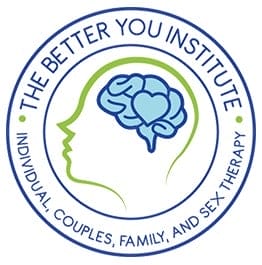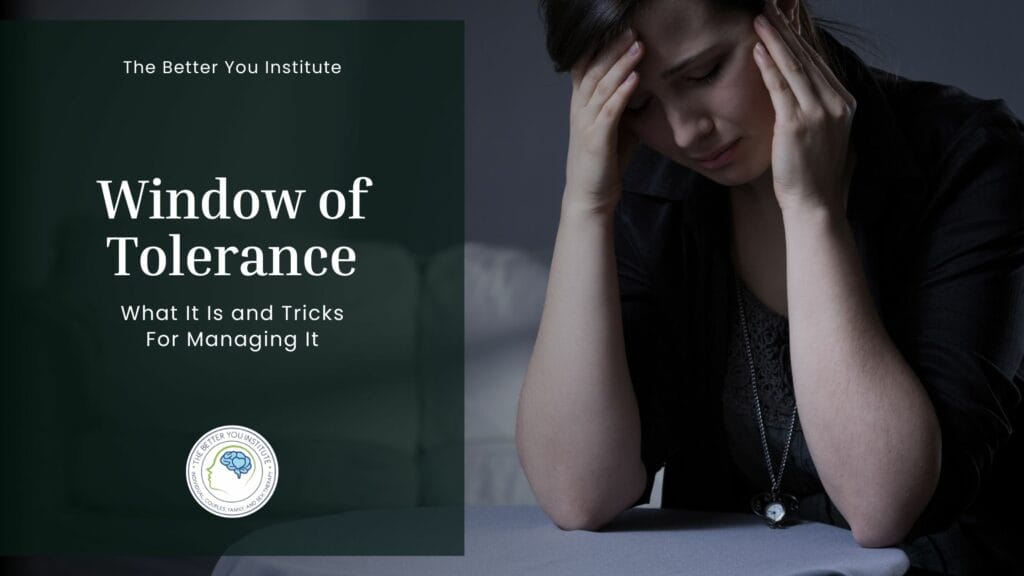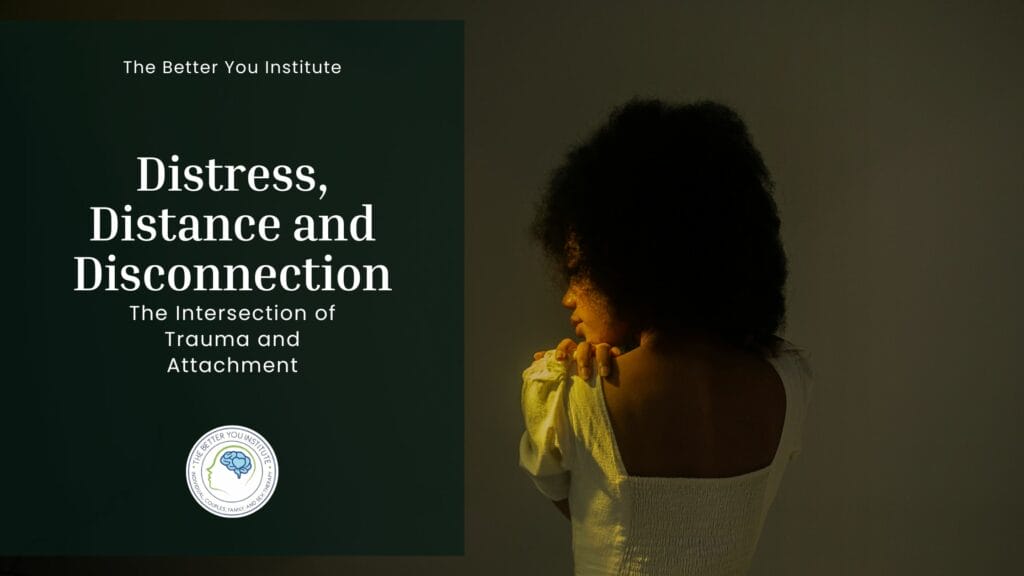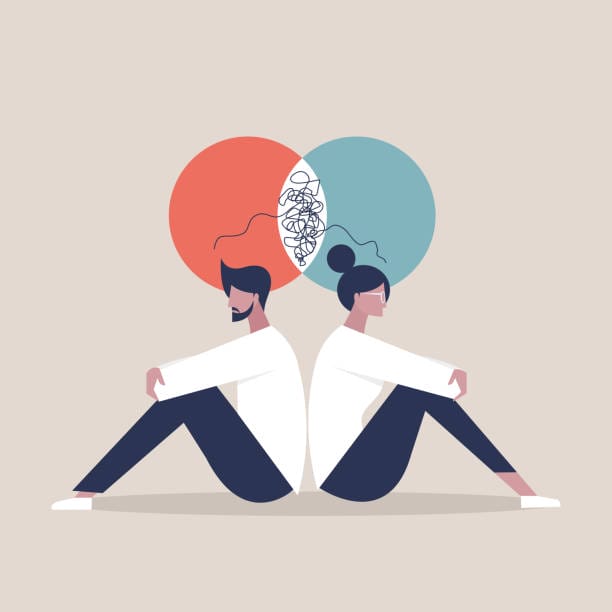Navigating the line between clinical anxiety and healthy anxiety may seem like a complicated process. Knowing what is clinical anxiety, as well as recognizing, understanding, and classifying symptoms as clinical anxiety disorders can be crucial to gaining control. From an evolutionary perspective, anxiety works to protect us. We used to identify dangerous animals or be wary of poisonous berries; we now have to be careful crossing the street or carefully prepare for exams/tests/interviews etc. If you feel anxious before public speaking or a job interview, your body is doing its job because these events could negatively affect your life. The anxiety can work to make you prepare more and ultimately do better during your speech or interview. However, anxiety can work against you if it becomes debilitating and you forget the words in your speech, or you can’t come up with a quality answer during your interview. Your anxiety is supposed to help you, not harm you.
Anxiety appears in many different forms and levels of intensity. The key to knowing if your anxiety is atypical is if it is persistent and has a mostly positive or negative effect on your life. Feeling uneasy while walking down a dark street alone is a rational response. The fear of being in a crowded space like the grocery store is irrational and may lead to you avoiding activities necessary to your day-to-day functioning.
Table of Contents
Healthy Anxiety versus Anxiety Disorders
So what is healthy anxiety? Have you ever experienced an uneasy feeling? Have your muscles tensed up, or has your stomach felt like it’s flipping? Maybe you spaced on what to say next. Your thoughts and emotions connect to your physical reactions. Anxiety commonly stems from the fear of losing control or something terrible happening but can also be triggered by excitement (think prewedding jitters).
For example, you may experience a bodily jolt as you get closer to a busy two-lane street that you have to cross. You now think to hit the crosswalk button, look both ways, and stay in the crosswalk while staying alert to your surroundings. Your anxiety keeps you safe by bringing to your attention the appropriate steps to safely cross the road. Anxiety can affect you psychologically, physiologically, and behaviorally. Physical symptoms of healthy anxiety may consist of a rapid heartbeat, queasiness (stomach flipping), dry mouth, or sweaty palms.
For anxiety to remain healthy for you, it should be helping you progress forward or alerting you to something that you can work to change. You should not feel stunted or have a debilitating thought that is fear-based that goes on for days. Healthy anxiety is fleeting and manageable.
What is Clinical Anxiety and Anxiety Symptoms?
Clinical anxiety tends to add stress rather than mitigate it in a way that healthy anxiety does. Generalized Anxiety Disorder (GAD) is the clinical diagnostic terminology. It is indicated by ongoing, excessive worry or fear that lasts for at least six months without having phobias, obsessions, or panic attacks. Excessive means that the worries or fears are often debunked or disproportionate to the actual risk.
To be diagnosed with GAD, your anxiety has to focus on at least two stressful life circumstances. These stressful life circumstances could revolve around work, relationships, health, finances, or school. People who suffer from GAD are aware that the frequency and intensity of their anxious thoughts and emotions are out of proportion to the likelihood of the feared events occurring in real life. However, they struggle to allow their rational awareness to lead their behaviors instead of their irrational, anxious thoughts leading.
The psychology Diagnostic Statistical Manual (DSM), which mental health professionals use, has provided a list of symptoms related to GAD. Worry and anxiety from GAD are related to three or more of these six symptoms. Anxiety disorders’ can involve mental but also physical symptoms. These symptoms should be present for at least six months.
- Feeling easily fatigued
- Restlessness
- Difficulty concentrating or mind going blank
- Irritability and anger disorders
- Muscle tension
- Sleep disturbance
- Depression
- Excessive fear and extreme fear
- Recurrent panic attacks
- Previous traumatic events
- Other mental disorders
Test if You Have Generalized Anxiety Disorder or Not
To decipher whether your worries are excessive to the point that you may have a diagnosis of generalized anxiety disorder, try the following techniques:
- Journal your thoughts and behaviors for at least 1 week
- Are your worries being followed by an actual risk (confirmed by others, too)? Your worries are valid.
- Do your worries never come to fruition? Your worries may be excessive.
- *Use a screening tool:
- Beck’s Anxiety Inventory
- Generalized Anxiety Disorder 7-item (GAD-7) scale
- Child’s
*Utilizing a screening tool does not take the place of having an actual assessment done by a trained professional. These are for your personal use only and are not meant to be used as an official diagnosis.
- Discuss your worries with friends or family members; what is their perception of your thoughts?
- See a doctor and rule out all possible medical conditions.
- Medical conditions that frequently cover up or mimic a GAD diagnosis are irritable bowel syndrome (gastrointestinal conditions), sexual dysfunction, a lack of orgasm, asthma, heart issues, endocrine, inflammatory, metabolic, neurological, or respiratory conditions.
Conclusion About Anxiety Disorders
Anxiety is a normal part of life, but sometimes it can put you in distress. If your worrying thoughts and emotions feel like they’re excessive, we encourage you to call The Better You Institute at (267) 495-4951 or visit our individualized anxiety treatment in Philadelphia page to start working on challenging your thoughts and gaining control. If visiting a therapist about anxiety causes you distress, we also offer online anxiety therapy and counseling sessions.
Contact The Better You Institute today and book an individual therapy to treat your anxiety disorder and work on a treatment plan with one of our mental health professionals. You can also join support groups and practice talk therapy.







